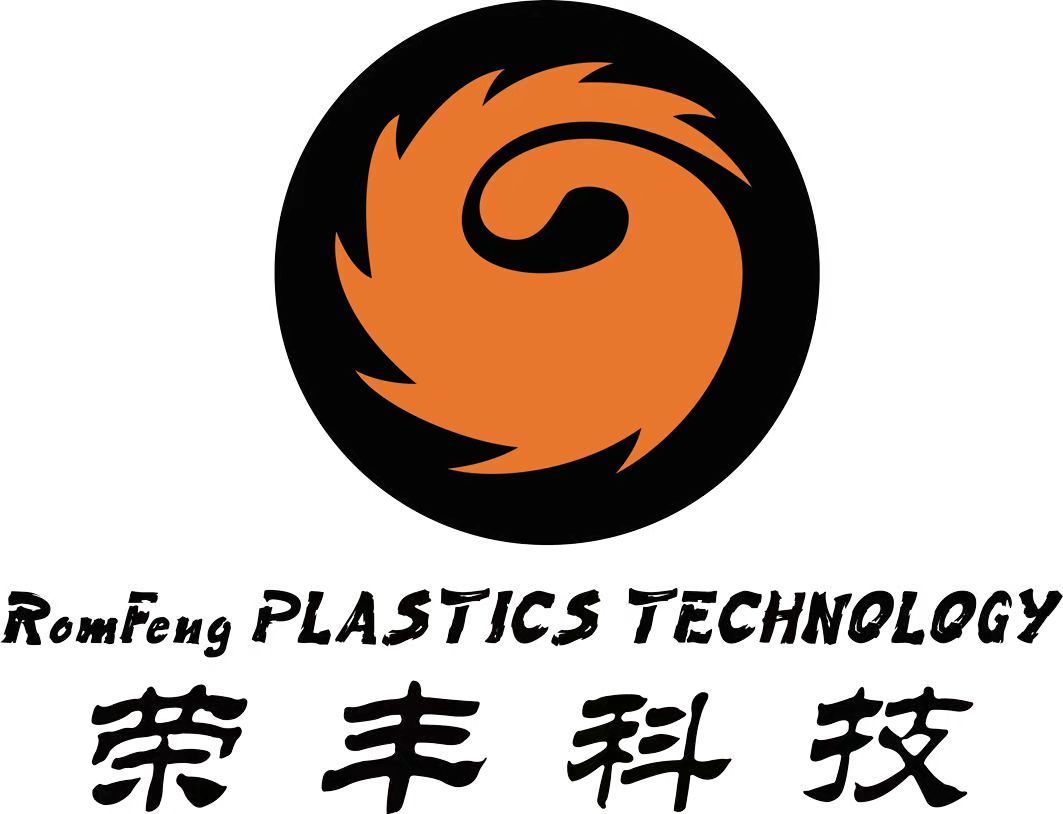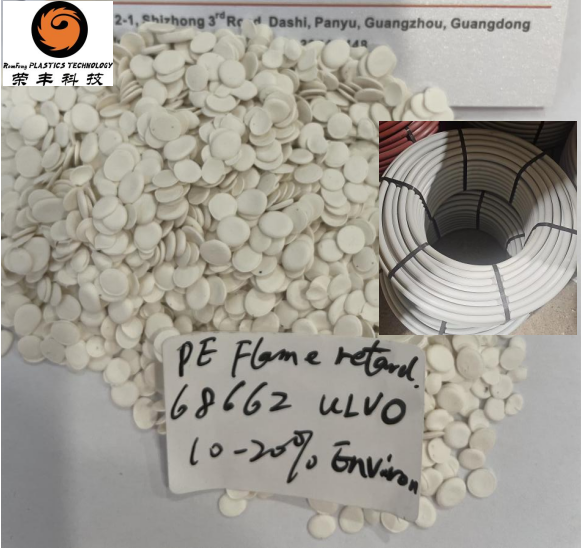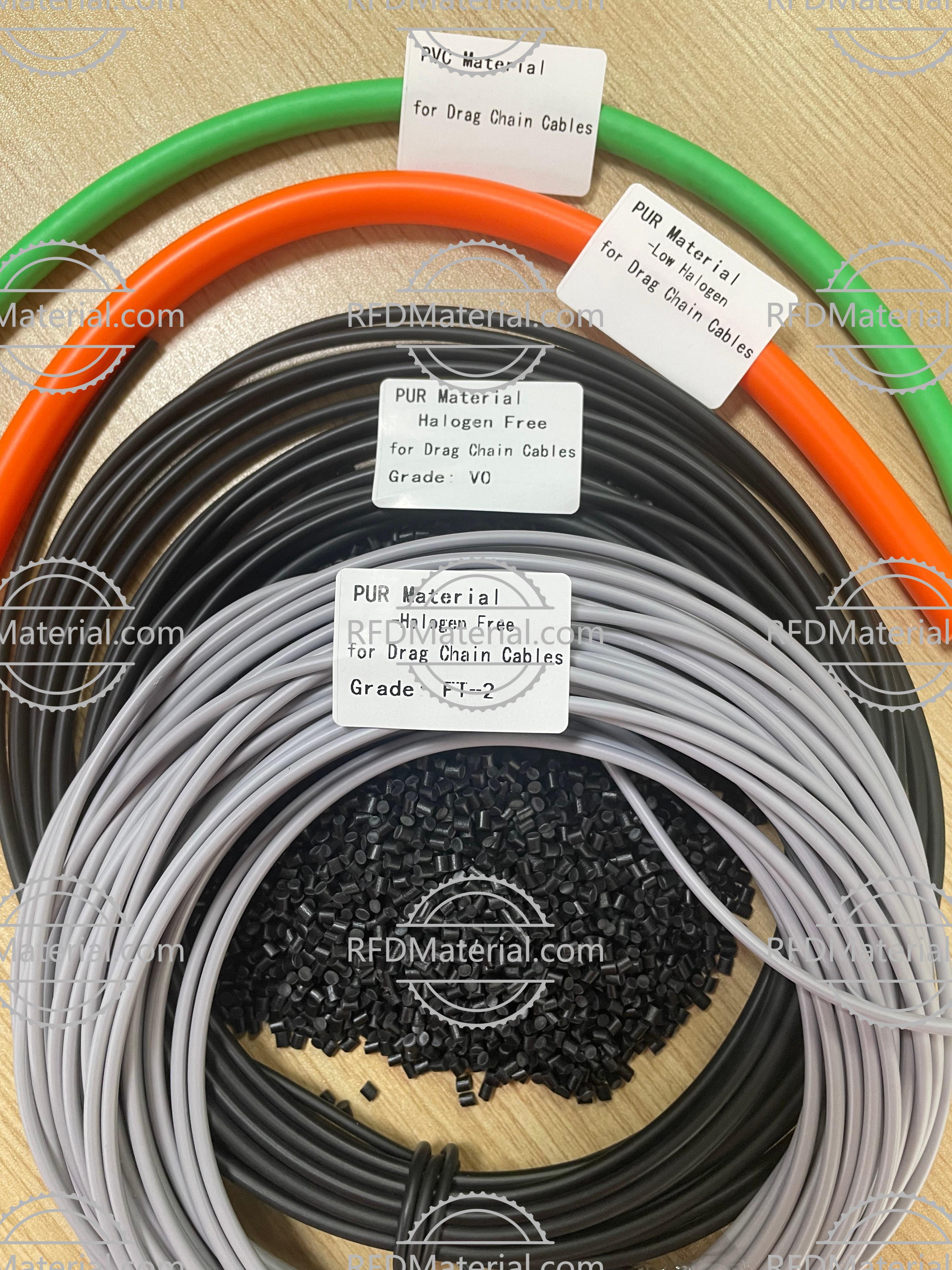Unleash Precision: The Benefits of Laser Marking Masterbatch in Modern Manufacturing
Release time:
2025-06-04 14:21
Source:
Unleash Precision: The Benefits of Laser Marking Masterbatch in Modern Manufacturing
Table of Contents
- Introduction to Laser Marking Masterbatch
- What is Laser Marking Masterbatch?
- Advantages of Laser Marking Masterbatch
- Applications in Modern Manufacturing
- Impact on the Chemical and Plastic Industry
- Environmental Benefits of Laser Marking Masterbatch
- The Future of Laser Marking Technology
- Frequently Asked Questions
- Conclusion
Introduction to Laser Marking Masterbatch
In the rapidly evolving landscape of modern manufacturing, precision and quality are paramount. One innovation standing out in this domain is **laser marking masterbatch**. This specialized material enhances the capability of plastics to achieve high-quality markings through laser processing. As industries shift towards more efficient, eco-friendly, and precise methods, understanding the benefits of laser marking masterbatch becomes crucial for manufacturers aiming to stay ahead of the curve.
What is Laser Marking Masterbatch?
Laser marking masterbatch refers to a concentrated mixture of additives and pigments that is incorporated into a polymer matrix during the production of plastic materials. When subjected to a laser beam, these masterbatches produce high-contrast marks on the surface of the plastic, allowing for permanent labeling, coding, or decorative purposes.
Composition of Laser Marking Masterbatch
The effectiveness of laser marking masterbatches lies in their unique composition:
- **Pigments:** These provide color to the marking, ensuring visibility against the substrate.
- **Additives:** These facilitate the reaction with laser energy, enabling the plastic surface to change color or release gases that create a contrast.
- **Carrier Resin:** This is the base polymer that ensures compatibility with the intended plastic substrate.
Advantages of Laser Marking Masterbatch
Several key advantages make laser marking masterbatch an attractive option for manufacturers:
1. Precision and Clarity
Laser marking masterbatch allows for highly precise markings that can include intricate designs, QR codes, and barcodes. The clarity of the marks is vital in industries where traceability and information are critical.
2. Durability and Permanence
Unlike traditional ink or label printing, laser markings are permanent. They resist wear and tear, making them ideal for products that undergo rigorous handling or exposure to extreme environments.
3. Versatility in Application
Laser marking masterbatch is compatible with various plastic substrates, including polycarbonate, acrylic, and polyethylene. This versatility makes it suitable for an array of applications across different industries.
4. Cost-Effectiveness
By integrating laser marking directly into the manufacturing process, companies can reduce costs associated with labels and inks. This consolidation leads to savings in both materials and labor.
5. Enhanced Aesthetics
The ability to produce high-quality, permanent markings enhances the aesthetic appeal of products. This is particularly important in consumer goods where branding and presentation matter.
Applications in Modern Manufacturing
The applications of laser marking masterbatch span a variety of industries, showcasing its adaptability and efficiency:
1. Electronics
In the electronics sector, laser marking masterbatch is used for marking circuit boards and components. The precision marking helps in tracking components throughout the manufacturing process.
2. Automotive
Automotive manufacturers utilize laser marking for permanent identification of parts. This includes serial numbers, barcodes, and safety information, which are essential for regulatory compliance.
3. Medical Devices
In the medical field, traceability is crucial. Laser marking masterbatches are utilized in medical devices to ensure that every component is easily identifiable, improving safety and quality control.
4. Packaging
Packaging solutions leverage laser markings for printing batch numbers, expiration dates, and other vital information directly onto the packaging material, which enhances convenience and reduces waste.
Impact on the Chemical and Plastic Industry
The integration of laser marking masterbatch technology in the chemical and plastic industries signifies a transformative shift.
1. Streamlined Production Processes
Laser marking enables a seamless integration into existing manufacturing lines, allowing companies to enhance their production efficiency without extensive modifications.
2. Improved Quality Control
With the ability to track and trace materials throughout the supply chain, companies can better manage quality control processes, reducing the likelihood of defects and recalls.
3. Innovation in Product Design
As manufacturers explore new product designs, laser marking masterbatch opens up possibilities for greater creativity. The ability to create detailed markings without additional materials encourages innovation.
Environmental Benefits of Laser Marking Masterbatch
Sustainability is increasingly becoming a priority in manufacturing. Laser marking masterbatch contributes to a greener production process in several ways:
1. Reduced Material Waste
Since laser marking eliminates the need for labels and inks, manufacturers can significantly reduce their material waste and lower their environmental footprint.
2. Non-Toxic Marking Process
The materials used in laser marking masterbatches are typically non-toxic. This aligns with the growing demand for environmentally friendly manufacturing practices.
The Future of Laser Marking Technology
As we look ahead, the future of laser marking technology appears promising. Advances in laser technology, particularly in terms of speed and precision, will likely lead to even broader adoption of laser marking masterbatch across various sectors.
1. Integration with Smart Manufacturing
The rise of Industry 4.0 and smart manufacturing presents opportunities for integrating laser marking with IoT and AI technologies. This could lead to real-time tracking and enhanced production capabilities.
2. Customization and Personalization
Future developments may allow for even more customization options, enabling manufacturers to create personalized products with unique markings, further enhancing customer engagement.
Frequently Asked Questions
1. What materials can be marked with laser marking masterbatch?
Laser marking masterbatch can be used on a variety of plastics, including polycarbonate, ABS, and polyethylene.
2. How does laser marking compare to traditional printing methods?
Laser marking provides permanent markings, greater precision, and reduces material waste compared to traditional printing methods.
3. Is laser marking safe for food packaging?
Yes, when using food-grade laser marking masterbatches, the process is deemed safe for food packaging applications, as they do not introduce harmful substances.
4. How does the cost of laser marking masterbatch compare to traditional labeling?
While initial costs may vary, laser marking masterbatch can be more cost-effective in the long run due to reduced material and labor costs associated with labeling.
5. Can laser marking be used for decorative purposes?
Absolutely! Laser marking can be used creatively for aesthetic enhancements, allowing for intricate designs and logos on consumer products.
Conclusion
Laser marking masterbatch is undeniably shaping the future of modern manufacturing. Its advantages, from precision and durability to environmental benefits, make it an essential tool for industries aiming for efficiency and quality. As technology continues to advance, the integration of laser marking masterbatch will likely become standard practice, leading to innovations that not only improve manufacturing processes but also contribute positively to environmental sustainability. By embracing this technology, manufacturers can unleash new levels of precision and creativity in their products, establishing a competitive edge in today's fast-paced market.
laser marking masterbatch








